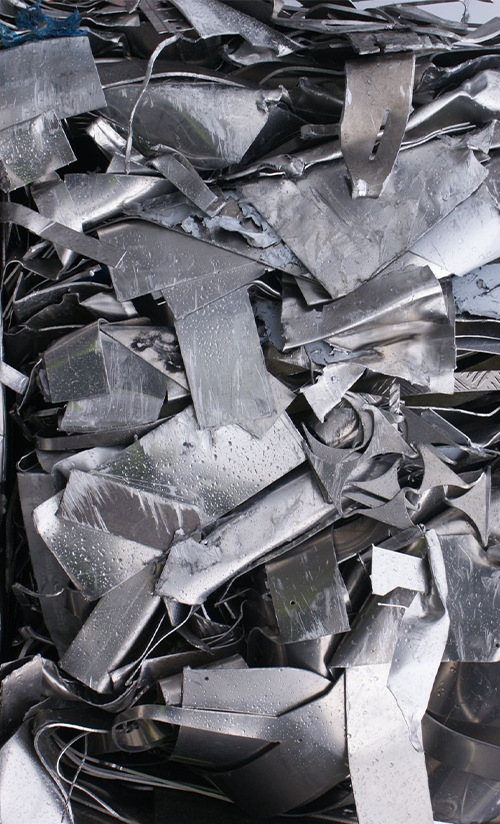Scrap Products
Scrap Products
Scrap products refer to discarded materials that are no longer useful in their original form but can be recycled or reused. In industrial and manufacturing contexts, scrap is often generated during production processes or collected from end-of-life products. These materials are valuable as raw materials for recycling, helping reduce environmental impact and production costs.
Types of Scrap Products
-
Metal Scrap
- Ferrous Scrap: Contains iron; includes items like old machinery, car bodies, steel beams, and pipes. Examples: carbon steel scrap, cast iron scrap.
- Non-Ferrous Scrap: Does not contain iron; includes aluminum, copper, brass, zinc, and nickel alloys. These are highly valuable and widely recycled.
-
Electronic Scrap (E-Scrap)
Discarded electronic devices such as computers, smartphones, and circuit boards. These contain valuable metals like gold, silver, and palladium, along with plastics and other recyclable components.
-
Plastic Scrap
Comes from production waste or used consumer products like bottles, containers, and packaging materials. Plastic scrap is sorted by type (e.g., PET, HDPE) for recycling.
-
Rubber Scrap
Derived from used tires, hoses, and seals. It is often ground into crumb rubber and reused in playgrounds, roads, and sports surfaces.
-
Paper Scrap
Includes newspapers, cardboard, and office paper. Recycled into new paper products to reduce deforestation and energy use.
-
Wood Scrap
Sourced from construction sites, furniture manufacturing, or demolition. Can be chipped and reused for fuel, compost, or particleboard.
Importance of Scrap Products
-
Economic Value
Scrap materials are a significant source of raw material for many industries, reducing dependence on virgin resources.
-
Environmental Benefit
Recycling scrap minimizes landfill waste, saves energy, and reduces greenhouse gas emissions.
-
Resource Conservation
Helps preserve natural resources and supports circular economy models.
In conclusion, scrap products are not waste—they are essential resources that drive sustainability, innovation, and efficiency across industries.
